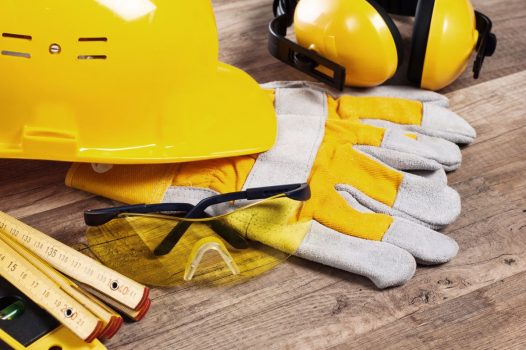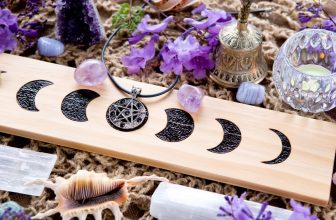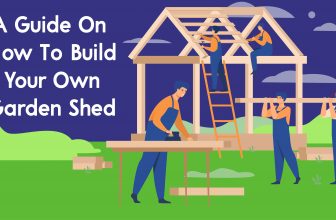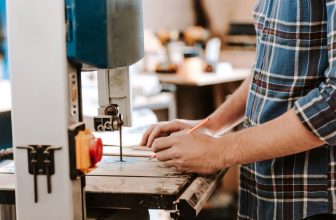Contents
Woodworking should be fun and relaxing and it is, IF woodworking safety is adhered to when out in the wood shop. Failure to follow safe practices in the shop can lead to small injuries and worse, disasters.
Remember, woodworking should not result in a trip to the emergency room or a run to the shop by the fire department or EMT’s.
With that, here are three key woodworking safety areas to keep in mind – personal safety, shop safety and equipment safety.
Woodworking safety revolves around these 3 key topics. Adhering to these topics should keep your woodworking adventures, adventures, and not nightmares.
Personal Safety
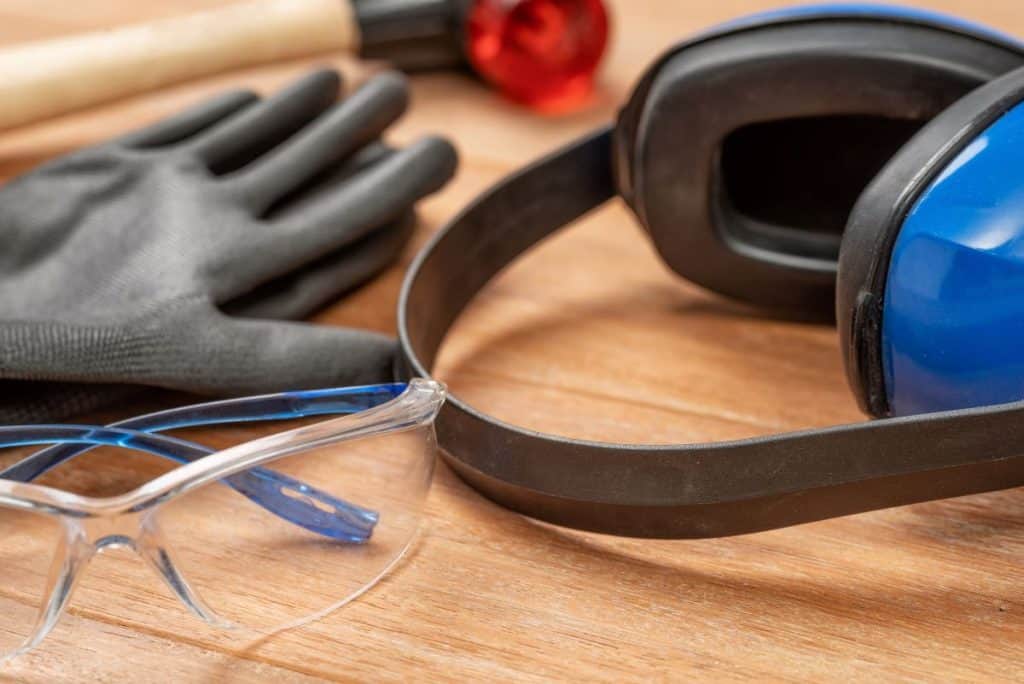
Your body’s not as tough as your equipment. Here’s some things to consider when heading out to the wood shop.
Safety Gear
You love hearing great music and talking with loved ones, right? Hearing protection such as ear plugs, or shooter’s muffs, will protect your ears from the shrill whine of a table saw and routers, and allow you to hear wonderful sounds for years. You do want to hear what your special loved on has to say, right?
Although hearing is important, sight is even more so. You have only two eyes and they don’t have nine lives. It’s important to protect them when ever working in situations where they could get injured. Woodworking is one of those situations. A good pair of safety glasses is one of the least costly, most valuable piece of woodworking equipment a savvy woodworker can buy.
If you wear glasses, you can always spring for goggles or a face shield. Any way about it, it’s VERY important to protect your eyes. SEE what I mean? Yep, pun intended.
Your lungs are important too. Wood dust and spray dust can wreak havoc on your lungs. It’s important to wear the appropriate mask, or respirator, when dealing with either. Keep those lungs protected and enjoy woodworking, and life, for years to come.
Clothing and Jewelry
One probably doesn’t think of clothing and jewelry when thinking of woodworking. That’s more of a subject for going out on a date, right? Well, attention to clothing and jewelry play a key point in woodworking safety.
Loose clothing can get caught up in machines, such as the lathe or table saw. Nothing can ruin the woodworking spirit quicker than having a loose sleeve catch between your lathe piece and the tool rest, jerking our arm into the spinning work.
Oh, don’t forget long hair. Tie it up, and keep it away from spinning tools. Some woodworking machines can scalp a person as quickly as the Indians of the Old West.
As for jewelry, those manly chains should be kept in the shirt or not worn at all. Ever have one catch in a table saw blade? Me neither. Let’s keep it that way. Be aware of your chains and bracelets when working with machines.
Mental and Physical Safety
So, you’re ready to head out to the shop for a little more woodworking adventure., Or, so you think. Take a good look at your mental and physical state and see if you’re up to heading out to the shop.
If you’re overly tired or stressed you probably shouldn’t be working with power tools. Fatigue and stress can prevent you from working safely and lead you to a not so pleasant woodworking experience. Rest up, chill out, then head out to the shop.
Alcohol and drugs don’t mix with woodworking. Even alcohol based cough syrups and some medications can knock the sharpness off of your game. So, don’t fire up those tools when you’re on stuff that doesn’t mix with woodworking.
Shop Safety
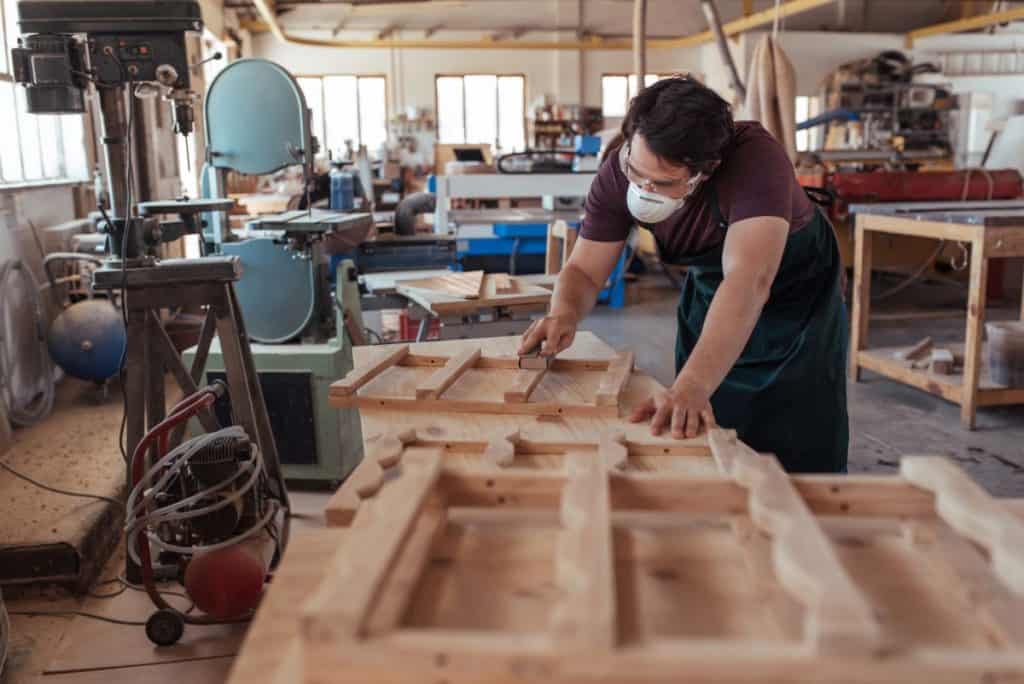
Okay, so you’ve got your safety gear and your fit to go out to your woodworking shop, but it is fit for you? Here’s some things to look at, to ensure safe woodworking adventures.
Work Area
What’s your woodworking area look like? Is it clean and neat, with a dry floor and nothing that you might trip up on?
A dry floor is necessary to safely work with electrical tools. If you have a water on the floor, it’s best to wait until it’s dry. You don’t want a “Shocking” experience.
Is it neat? If you have clutter on the floor you’re more likely to trip while moving around. It’s important to keep your work area uncluttered and clean.
Electrical
So, you’re gonna work with power tools, right? That means plugging into electrical outlets, right?
How is your electrical system? Are the plugs grounded? They need to be, to keep you safe. Your machines won’t know if there’s no ground, but you might, in the wrong situation.
How are your extension cords? Are they in good order, with no bare wires and a good ground prong? Extension cords MUST be in good shape. If not, you’re risking more than a bad day in the shop.
Storage
If you’re going to have a shop, you’re going to have to store stuff. You know, wood and stuff. Oh, you might be storing chemicals, too; such as lacquer and other flammable substances. These items shouldn’t be an issue, if you keep them properly.
Wood should be stacked neatly out of the work area. A wood rack is awesome, but if you don’t have one you can lean it against the wall, or stack it where it’s out of the way. Any way about it, you don’t want to be tripping over it, or having it fall on you, when you’re woodworking.
Chemicals are necessary when woodworking. At the minimum you’ll be dealing with glue. That’s not a hard one to deal with, just set it on a shelf and you’re good to go.
Now lacquer is another thing. It’s flammable and needs to be kept tightly closed and away from flames, such as the water heater in your garage work shop.
So, you don’t use lacquer, but finish your projects with oil finishes? What do you do with oil soaked rags or paper towels? I hope you store them in a air-tight metal container. You don’t want a spontaneous combustion fire do you? Nope, I didn’t think so.
Equipment Safety
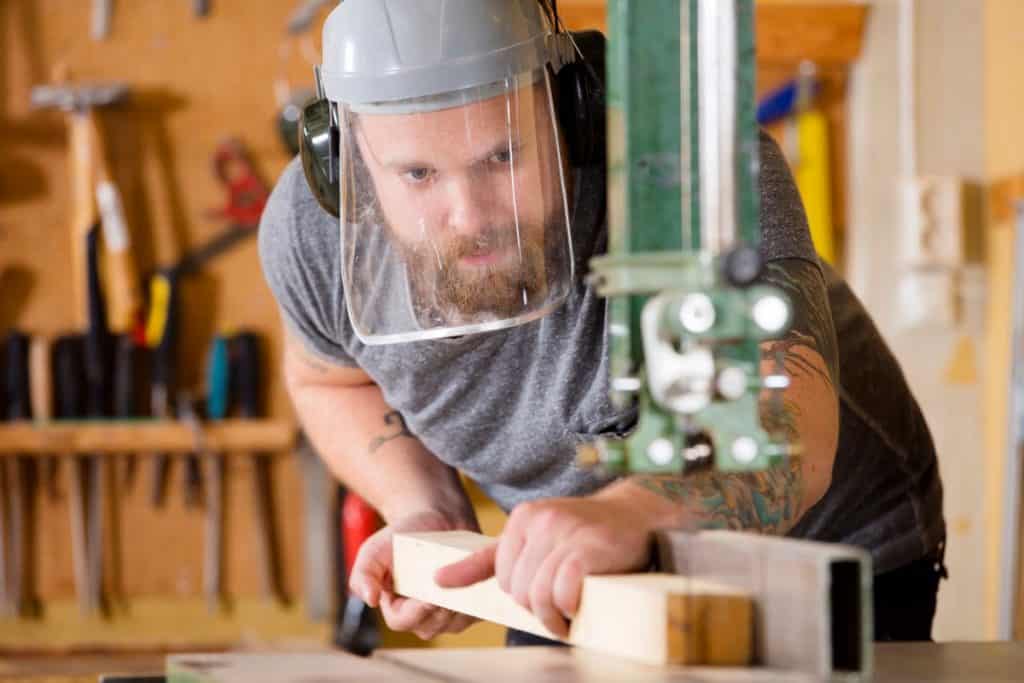
So, we’ve covered a bit about personal safety and shop safety, let’s talk about equipment safety.
Know the Tool
Before you use any machine, power tool, or even a simple tool like a cordless drill, you need to know how it works and how to safely use it. If you’ve never used a table saw before it would be good to read the instructions, check out some web resources, and even some YouTube videos on how to safely use it. Same with other tools and machines.
Can you easily reach the power switch to turn it off in a hurry? You REALLY need to know about the machine, or tool, and how to use it. Remember, no injuries!
Equipment Condition
Before you use any machine or tool you need to make sure that it’s in proper working condition. If it’s a power tool make sure the cords are good. You don’t need any bare wires to ruin your day.
How’s the on/off switch? You need to cut the power quickly should the need arise. Can you instinctively find it? You need to. Practice before you start cutting.
Sharp Blades
When using any cutting tool or machine the blades need to be sharp. “A sharp blade is a safe blade.”
If your table saw blade is dull and you have to force the wood to make the cut then you’re risking kickback and possible injury.
The same goes for band saw blades. If it’s dull and you have to force the wood, then you run the risk of breaking the blade. When a band saw blade brakes it can feed down into your hand. Not good, for sure.
Keep your blades sharp and you’ll be safer in your woodworking adventures.
Material Safety
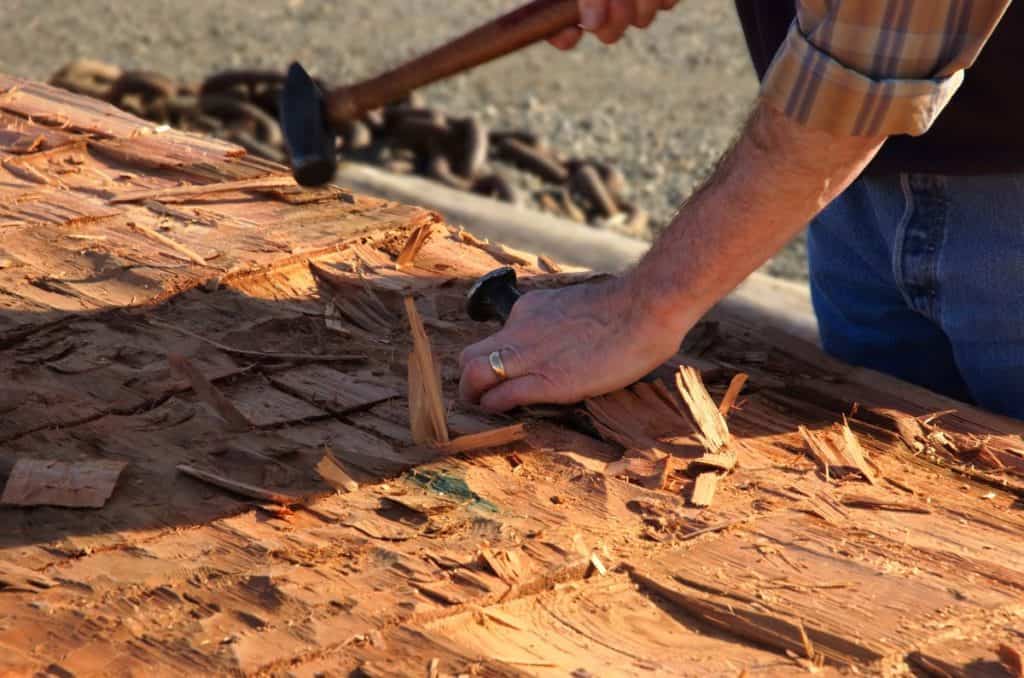
So, what’s material safety all about? Well, it’s simple. Your materials can hurt you if you don’t know certain precautions to take. Let’s look at a few.
Check Your Wood
Even when you buy your wood from a big box store, you should look it over. If there are any staples from packaging and labeling, then they need to be removed before cutting and machining your wood.
Nothing like a staple hitting the blade and kicking into your face. Not good, so pull those staples.
If you’re working with wood that’s been milled locally, be aware that it can contain fencing staples or nails, even bullets. It pays to have a metal detector if you’re going to use locally harvested and milled wood.
Chemicals
Wood glue is a non-issue in the wood shop, so it’s one chemical that you don’t have to worry about. On the other hand, if you’re using lacquer, polyurethane, or boiled linseed oil, then you need to store them safely. One doesn’t have to have a chemical locker, but one should keep those items stored in the appropriate containers with tightly sealing lids.
Oh, and any rags used for clean up need to be disposed of in a tightly lidded metal trash can. Doing so will prevent spontaneous combustion of those chemicals in the rags.
Don’t forget the respirator when spraying lacquers and such. You don’t want to mess those lungs up!
Conclusion
Woodworking is supposed to be fun. It’s supposed to be relaxing. Staying safe while enjoying your woodshop will help keep it that way. So, if you follow the suggestions above, you should enjoy many hours of woodworking fun. Remember, woodworking safety is the most important tool in a woodworker’s toolbox.

